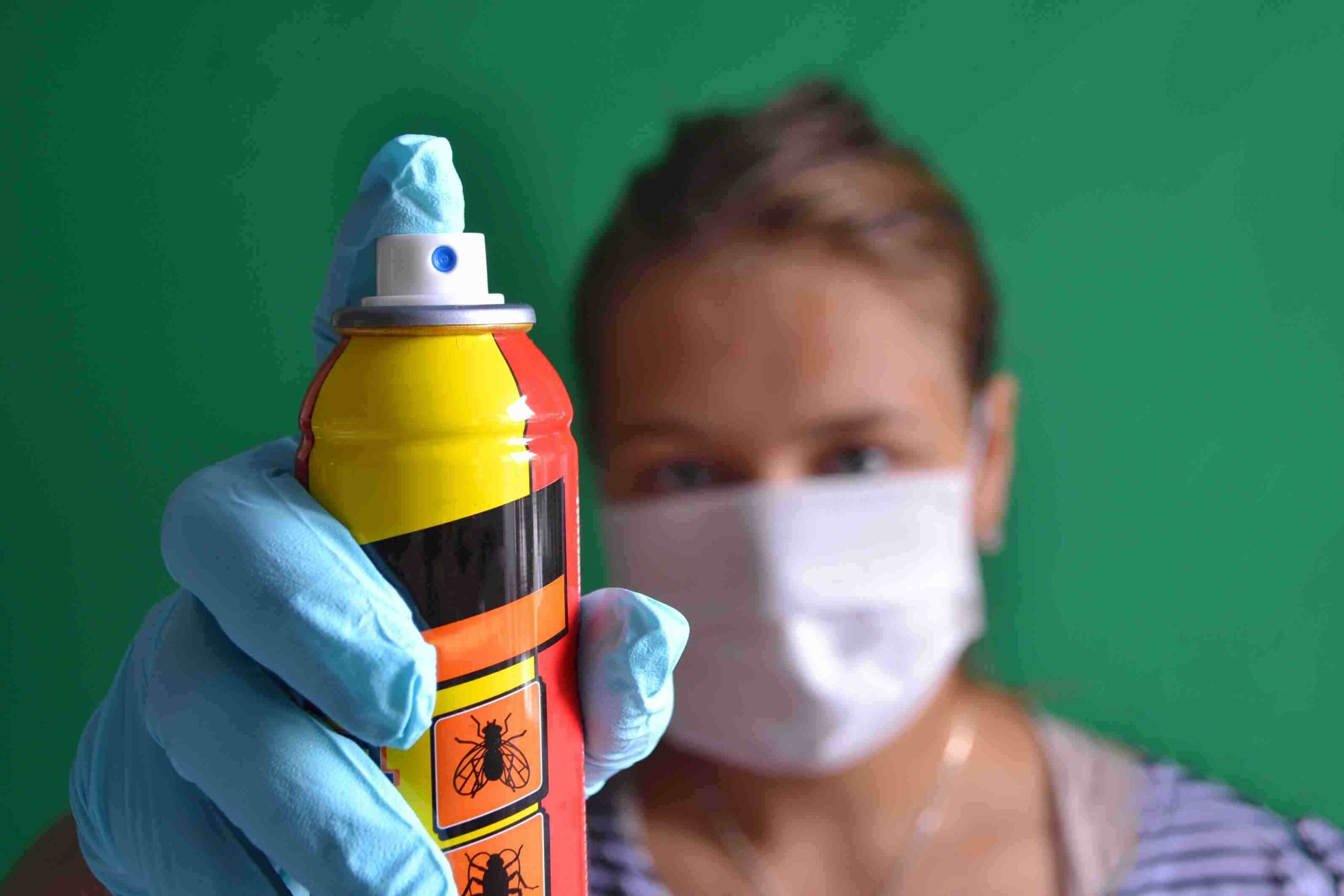The best job requires the best tools, and while traps and sprays are widely available and promise quick relief, their effectiveness depends on the type of pest and the environment.
Choosing the right pest solution for your home can make the difference between a short-term fix and lasting protection. To find out which one is best for you, let’s break down how bug traps and sprays work and how Dewey Pest and Termite Control can help you take a professional approach to pest control.
How Do Bug Traps Work?
Bug traps come in many shapes and sizes designed to target specific or multiple pests. Some traps are active, using bait or attractants to lure pests in, while others are passive, capturing pests that happen to cross their path in high-traffic areas.
What Traps Are Best for Household Pests?
One of the most common household traps available over the counter is sticky bug traps, which use strong adhesives to catch crawling insects like ants, spiders, and roaches. In contrast, flying bug traps often use light or scent-based lures to attract and trap flying insects such as fruit flies, moths, and gnats.
Most indoor bug traps are designed for smaller pests and can be placed near windows, in corners, or along baseboards, while outdoor versions are built to withstand weather conditions and target pests like mosquitoes. Regardless of what trap you get, remember that most need to be replaced periodically—usually every few weeks or when they become full.
Are There Pet-Safe Bug Sprays?
Bug sprays, not to be confused with personal insect repellents, are formulated to eliminate pests on contact or through residual effects.
Over-the-counter sprays typically contain active ingredients like pyrethrins (derived from chrysanthemum flowers) or their synthetic version, pyrethroids, which disrupt the nervous systems of insects. While effective, these sprays can be toxic to pets if not used carefully. This is particularly true for cats, which lack the liver enzymes to process pyrethrins.
Natural alternatives like diatomaceous earth and boric acid are safer options for households with pets.
- Diatomaceous earth is a fine powder that damages insects’ exoskeletons, causing dehydration. As a powder, it can be applied in some hard-to-reach places more easily than liquids.
- Boric acid acts as a poison and a desiccant for pests like ants and roaches, meaning it removes moisture.
Always follow label instructions and apply sprays in areas inaccessible to pets and children to minimize risks.
What Pest Sprays Do Professional Exterminators Use?
Pest control technicians at Dewey Pest and Termite Control have access to stronger, more specialized treatments that are not available to the general public.
For example, Dewey Pest and Termite Control’s experts may use insect growth regulators (IGRs) in our indoor bug sprays to prevent pests from reaching maturity, halting their reproduction cycle before the infestation can spread. Another example is microencapsulated insecticides, which use a dissolvable coating to slowly release the active ingredient once sprayed for long-lasting protection compared to common over-the-counter options.
Our technicians are thoroughly trained to apply these treatments strategically so your home is protected without putting your family or pets at risk. On top of the careful application of our indoor and outdoor bug sprays, we provide clear guidance on when it’s safe to reenter treated areas, allowing you to rest easy while we remove the pests with professionalism and care.
Call Dewey Pest and Termite Control or reach out to us online today to get a free pest control quote and protect your home.

